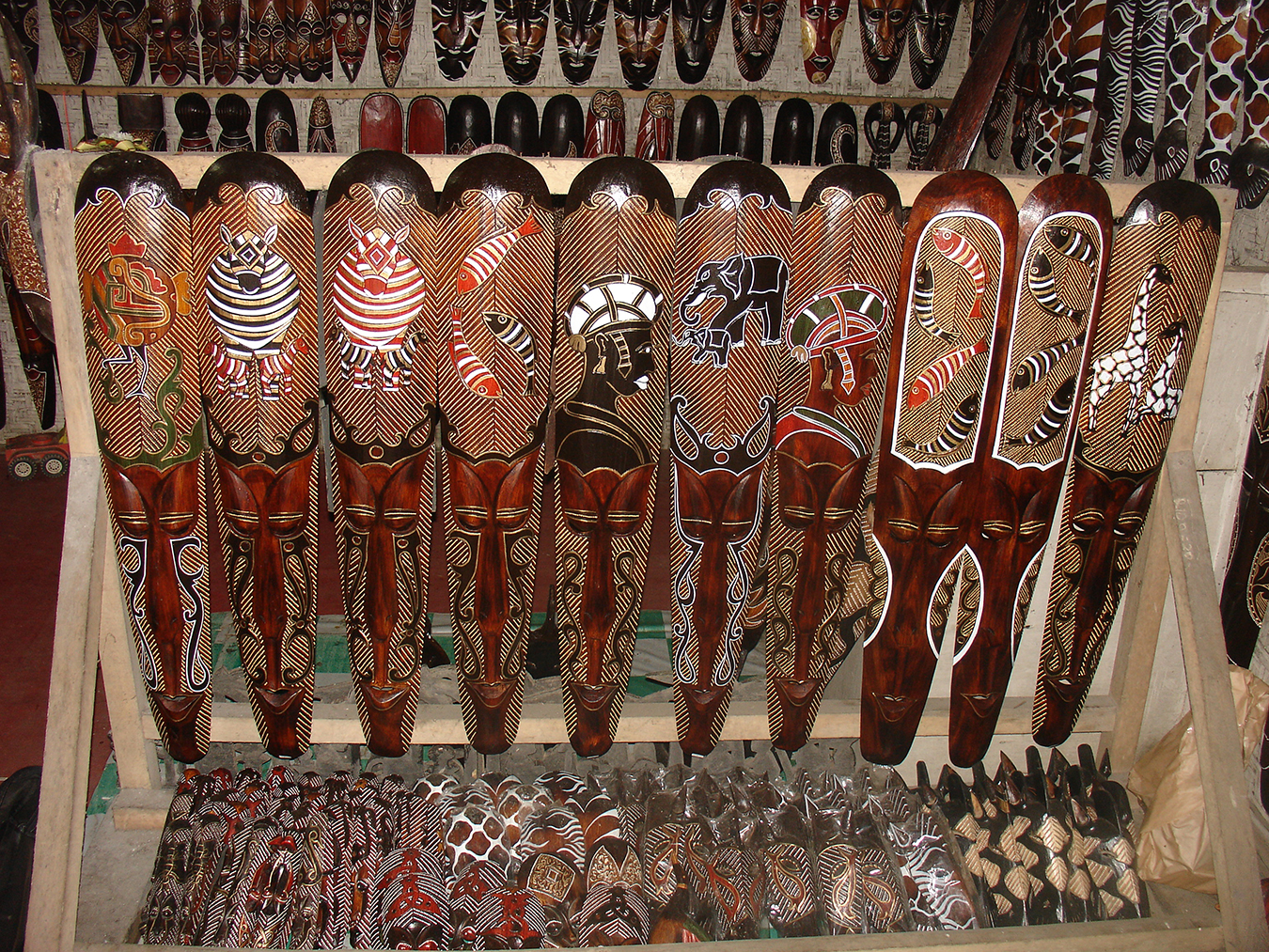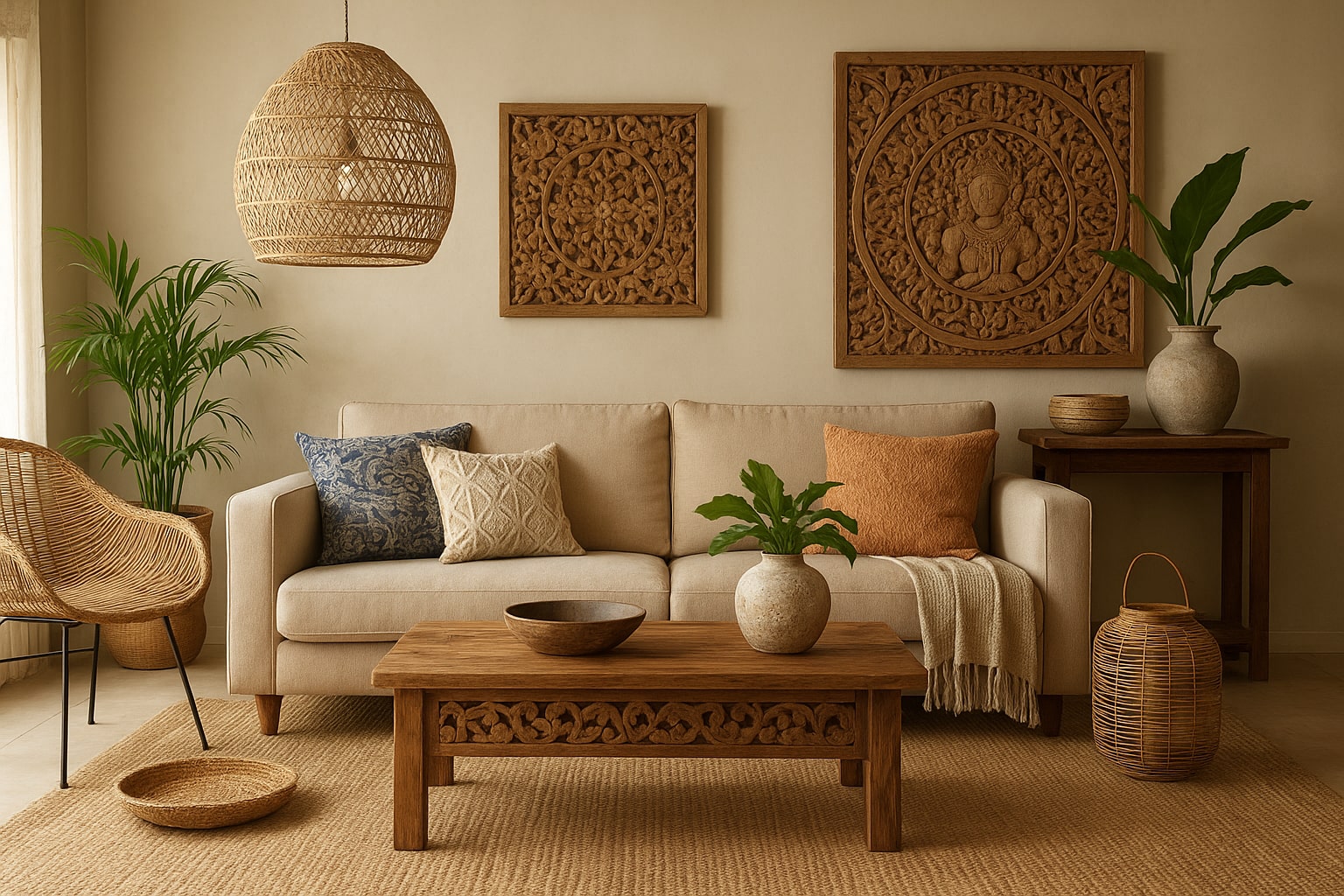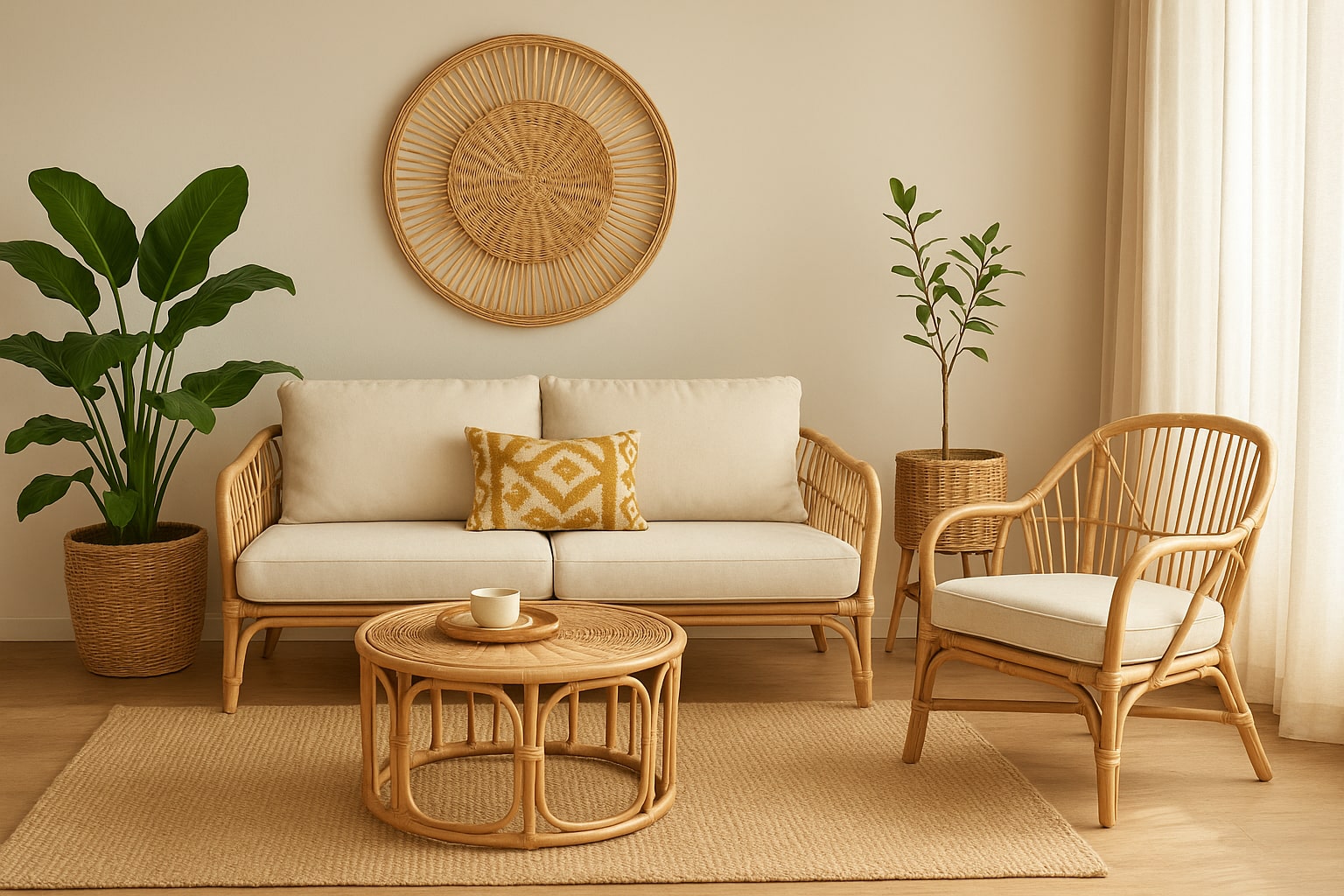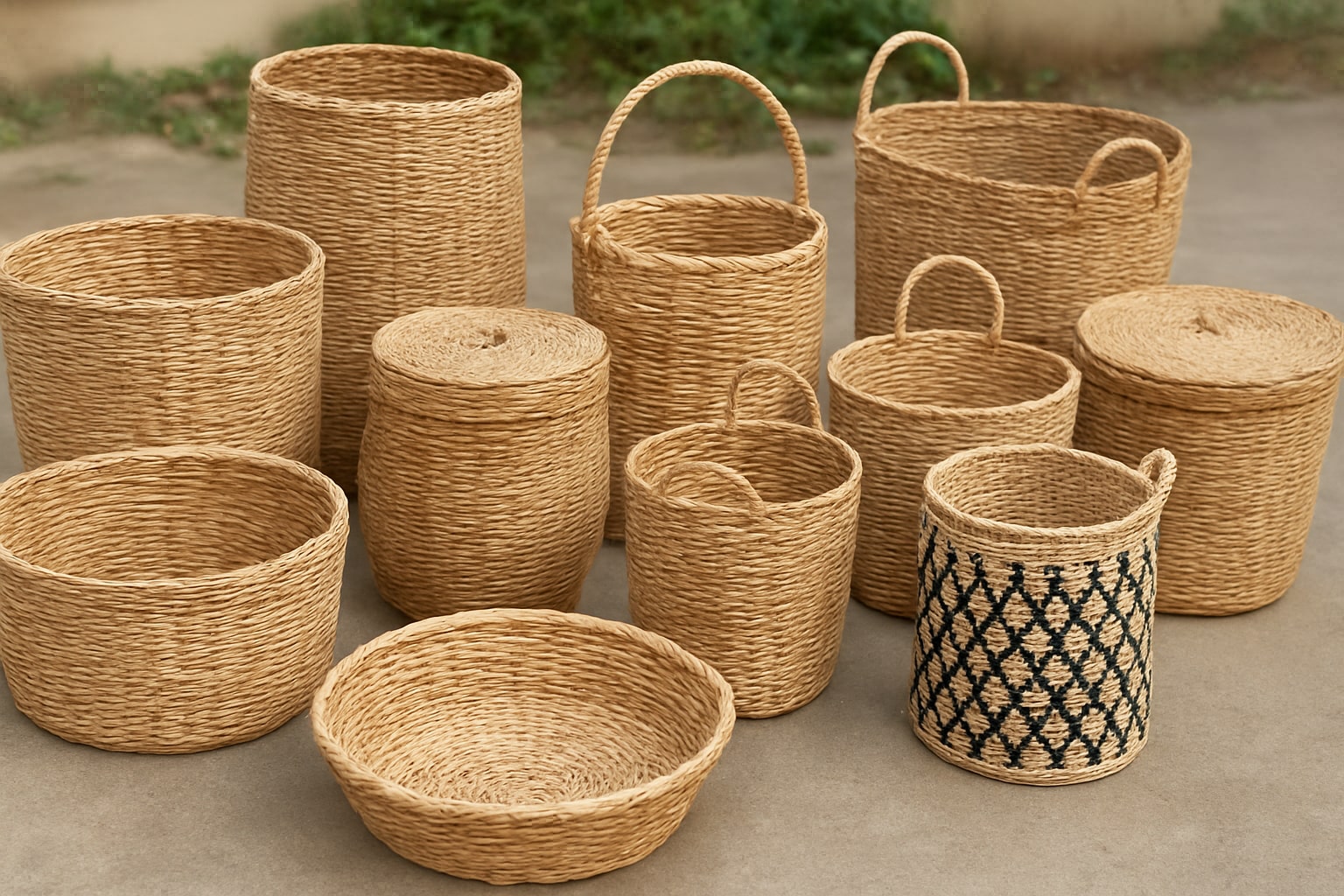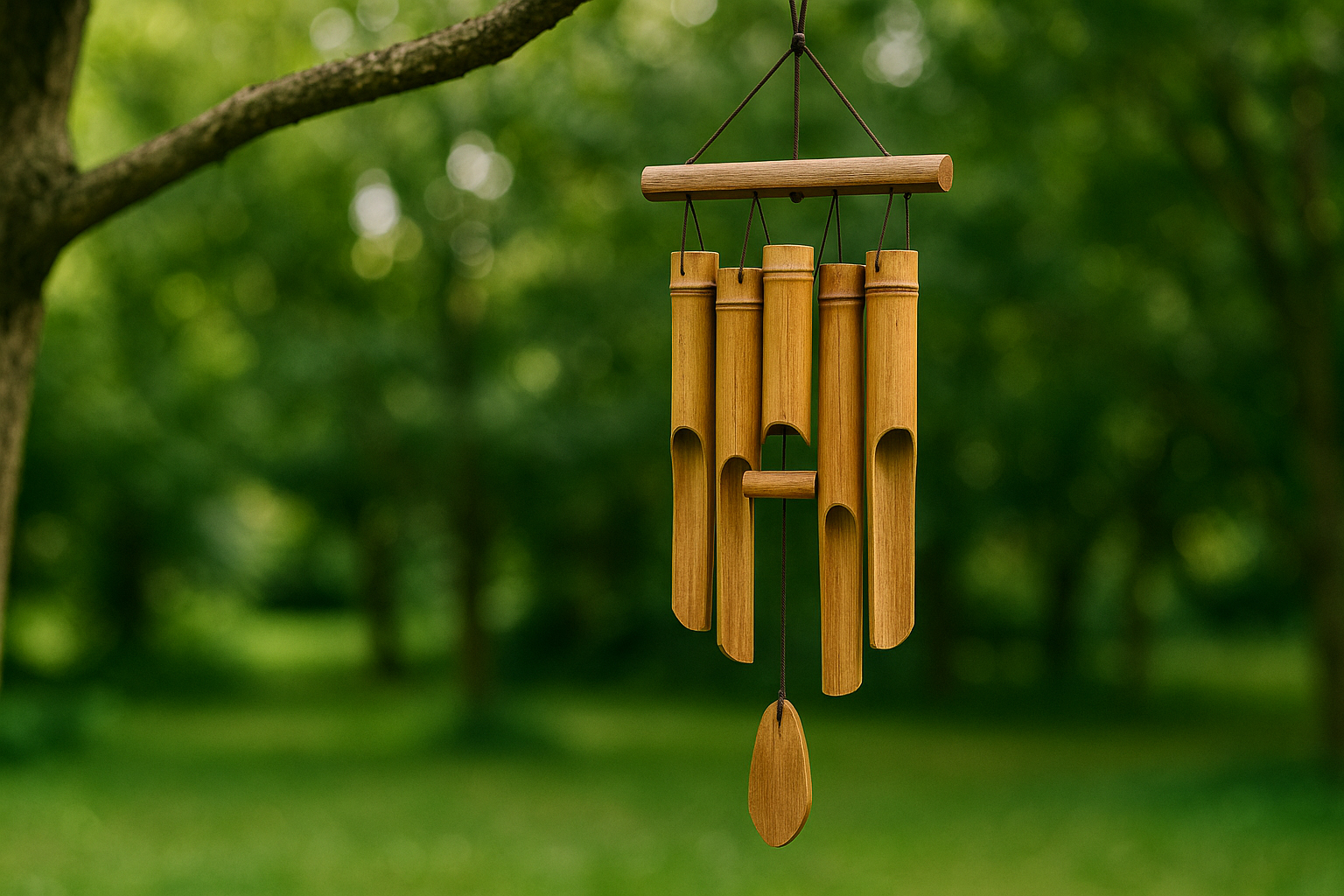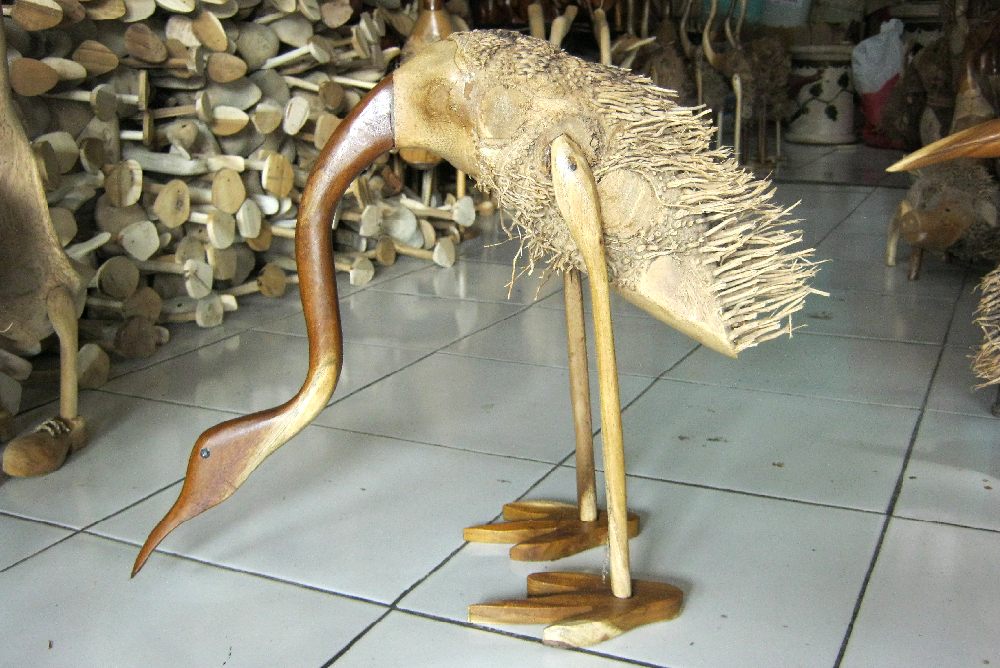The iconic Bali masks. If you’ve ever been to Bali or even seen photos, you’ve likely noticed the intricate, often colorful masks that pop up in markets, performances, and temples across the island. They’re so much more than just a pretty souvenir—Bali masks are steeped in tradition, spirituality, and artistry. The first time I saw one, I didn’t really understand the significance, but after learning more about their history and use, I became completely fascinated. If you’re interested in learning about the meaning behind these masks or thinking of buying one, I’ve got some stories and tips to share from my experiences.
The Meaning Behind Bali Masks: A Window Into Tradition
Bali is rich with tradition and culture, and these masks are deeply tied to the island’s religious and spiritual practices. Most Balinese masks are used in sacred dances, temple ceremonies, and traditional performances like the famous Barong and Topeng dances. These aren’t just casual events—they’re vital parts of Bali’s Hindu culture, where the masks represent gods, spirits, and characters from Balinese mythology.
Let’s talk about the Barong mask for a second because it’s probably one of the most well-known. The Barong represents a lion-like creature, which symbolizes good and is often seen battling against Rangda, the evil witch figure. The Barong dance is like a living myth where good versus evil plays out right in front of you, and the masks bring these characters to life in a way that’s both mesmerizing and, honestly, a little eerie. I was lucky enough to watch a Barong performance in Batubulan Village, and seeing the dancers in those elaborately carved masks was something I won’t forget. It felt otherworldly, like I was witnessing something ancient and powerful.
The Topeng dance, on the other hand, uses a variety of different masks to tell stories from Balinese history and mythology. Each mask has a specific character—sometimes representing a king, a priest, or even a clownish character meant to bring humor into the performance. One thing that struck me was how the mask seems to transform the dancer. It’s like the moment they put on the mask, they become the character, channeling the spirit or personality that mask represents.
Check also: Bali Jewelry Online Shop
My Experience Buying a Bali Mask
Now, if you’re like me, when you see these masks in local markets or art shops, you’re probably tempted to buy one and bring it home as a reminder of your trip. The first time I saw one, I was in Ubud, wandering through the famous Ubud Art Market, and I was immediately drawn to a vibrant, hand-carved mask that was hanging among rows of beautiful crafts. I wasn’t sure what the mask represented at first—it had this fierce expression, painted in reds and golds, with a long snout and almost comical, bulging eyes. I later learned it was a Barong mask, representing the protector spirit.
But here’s the thing: before you buy a Bali mask, especially one connected to the island’s religious or cultural practices, it’s important to understand its significance. Balinese masks are more than just decorations. Many of them are considered sacred, especially the ones used in temple ceremonies or traditional dances. I didn’t want to disrespect the culture by taking something sacred home without knowing the meaning behind it, so I spent some time learning about the different types of masks and their uses.
If you’re thinking of buying one, my advice is to ask the vendor about the mask’s background. Most sellers are more than happy to explain the mask’s meaning, and you’ll probably get an interesting story out of it, too. Plus, it feels a lot more meaningful when you know the story behind the piece you’re bringing home. In fact, after learning more about the mask I was eyeing, I ended up buying a smaller, less elaborate version that was meant more for decoration than for ceremonial use.
Types of Bali Masks: From Sacred to Decorative
There are a few main types of Balinese masks, and not all of them are used for rituals or performances. Some are crafted specifically for tourists and are more decorative than ceremonial. Here’s a quick rundown of the different kinds of Bali masks you might come across:
Barong Masks: As I mentioned earlier, these masks represent the spirit of Barong, the protector, and are used in dance performances. They often feature lion-like faces and are intricately carved with bright colors and exaggerated features.
Rangda Masks: Rangda is the evil counterpart to Barong, often portrayed with wild hair, bulging eyes, and a terrifying expression. Rangda masks represent the dark forces in Balinese mythology, and while they’re stunning in their own way, they might not be the vibe you want in your living room unless you’re into intense, dramatic decor!
Topeng Masks: These are more varied in appearance and are used in the Topeng dance, where different masks represent different characters, from kings to jesters. They’re often less fierce-looking than Barong or Rangda masks and can be quite elegant or even humorous.
Decorative Masks: These are the ones made more for tourists. They’re usually smaller, less intricate versions of the sacred masks, designed to be taken home as souvenirs. I found these to be perfect if you want a piece of Bali’s artistry without feeling like you’re taking something sacred out of context.
Craftsmanship and Where to Buy Authentic Bali Masks
The craftsmanship that goes into making Bali masks is truly incredible. Many of the masks are carved by hand, often from local wood like pule or mahogany, and painted with great attention to detail. The process of making these masks is actually considered a sacred art, with certain rituals involved in the carving of ceremonial masks.
If you’re looking to buy an authentic mask, I’d recommend skipping the cheap knock-offs and heading to places like Mas Village, which is famous for its woodcarving tradition. This village is where some of the most skilled mask makers in Bali live and work, and you can even watch them carving masks by hand. The level of detail in these pieces is mind-blowing. You can see the care that goes into every curve, every line. While the prices here might be higher than what you’d find in a market, you’re paying for quality and authenticity.
When I visited Mas, I had the chance to talk to one of the carvers, who explained the symbolism behind the mask he was working on. It was a Topeng mask, representing a wise old king, and the way he described the carving process made me realize just how much passion goes into each piece. These masks aren’t just art—they’re a reflection of Balinese spirituality, culture, and history.
Bringing a Piece of Bali Home
So, after all this, do you bring a mask home? If you’re like me and love having souvenirs that carry deep meaning, a Bali mask can be a perfect choice. But, as I said earlier, make sure you understand the significance of the mask you’re buying. If you’re just looking for something decorative, that’s totally fine—there are plenty of beautiful masks that don’t have religious or spiritual ties. But if you’re drawn to the more traditional, ceremonial masks, take the time to learn about them first.
When I finally brought my small Barong mask home, it wasn’t just a piece of art to hang on my wall—it was a reminder of the stories, traditions, and beauty of Bali. Every time I look at it, I’m transported back to that market in Ubud, the sound of the gamelan music in the background, and the feeling of being surrounded by a culture so rich and full of life.
If you find yourself in Bali, I’d encourage you to explore the world of Balinese masks. Even if you don’t end up buying one, just seeing them up close and learning about their history will give you a deeper appreciation for the island and its people.
Bali Masks in Modern Culture: Tradition Meets Tourism
While the ancient traditions surrounding Bali masks are still very much alive, there’s also no denying that the modern tourist boom has transformed how these masks are perceived and sold. Today, you’ll find Bali masks everywhere—markets, hotel gift shops, and even online. It’s not uncommon for a traveler to pick up a mask just because it looks cool or exotic without really knowing its cultural significance. And that’s okay to an extent, but it’s important to keep in mind that for the Balinese, these masks are much more than just decorative items.
What’s interesting, though, is how the rise of tourism has also led to the evolution of mask designs. Some mask makers, while still deeply rooted in traditional carving techniques, have started experimenting with modern styles to cater to the tourist market. You’ll see masks that blend the old with the new—traditional Barong faces, for example, painted with more abstract or minimalist color schemes, or smaller, more portable versions of the elaborate Rangda masks.
When I was in Seminyak, I stumbled upon a boutique that sold these modernized masks, and I was intrigued by how they managed to stay true to the original art form while giving it a fresh twist. The masks were smaller, with simpler designs, but still had the characteristic intricate carving. I had a great conversation with the shop owner, who explained that while these masks weren’t used for rituals, they were still made with respect to the traditional methods. It felt like a beautiful blend of past and present, art evolving without losing its roots.
But here’s the thing: even though the tourist industry has adapted the masks for decorative purposes, there’s still a strong sense of reverence in how the traditional masks are made and used. For instance, the masks used in religious ceremonies, like the Barong and Rangda, are often treated with a certain level of care and respect. After all, these masks aren’t just props—they’re considered sacred objects that can house spirits. There are rituals involved in their creation, and they’re often blessed before being used in a performance.
How to Display a Bali Mask at Home
So, if you do decide to buy a Bali mask, how do you display it once you’re home? I’ve found that the best way to showcase a Bali mask is to give it a place of honor, where it can really be appreciated as a piece of art. These masks have so much detail and character, so you want them to stand out rather than blend into a cluttered wall.
One of my favorite spots to hang my Barong mask was in my living room, right near a soft light that cast shadows across the mask’s intricate carvings. It almost made it feel alive, which I guess makes sense given the mask’s spiritual connotations. It’s funny—I thought it might feel a little strange having a fierce-looking Barong mask in my house, but instead, it brought this sense of protection and strength. Maybe that’s just me getting caught up in the mythology, but it really did feel special.
If you’re more into the decorative, non-ceremonial masks, you can definitely get creative with how you display them. I’ve seen some people frame their masks or even build small shelves to give them a bit of depth. A good tip is to pair the mask with other pieces of Balinese art, like carvings or batik fabric, to create a cohesive look that really brings the spirit of Bali into your space.
Caring for Your Bali Mask: A Few Simple Tips
Another thing to keep in mind when you bring home a Bali mask is how to care for it. Most Bali masks are made from wood, usually pule or mahogany, and the tropical climate of Bali is very different from, say, a dry or colder environment. To keep your mask looking its best, here are a few care tips I’ve picked up:
Dusting: Regular dusting is a must. These masks can be quite detailed, with lots of little nooks and crannies where dust likes to settle. A soft brush or a dry cloth works best. I use an old makeup brush to gently dust mine—it’s soft enough to get into all the intricate spots without damaging the wood.
Avoid Direct Sunlight: If possible, avoid hanging your mask in direct sunlight. The sun can fade the vibrant paint and cause the wood to dry out or crack over time. I learned this the hard way with a small decorative mask I bought early in my trip. After a few months of sitting in the sun, it started to look a little worn and faded.
Moisture: On the flip side, you also don’t want to store the mask in a damp or overly humid place, as too much moisture can lead to mold or warping. A little trick I picked up is to apply a very light coat of beeswax or wood polish every now and then to keep the wood hydrated. Just be careful not to overdo it—you don’t want to change the mask’s finish.
The Deeper Connection: How Bali Masks Made Me Reflect on Art and Culture
There’s something about Bali that makes you slow down and really take in the world around you, and for me, Bali masks became a way to connect with the island on a deeper level. They’re not just beautiful objects—they’re windows into a culture that is so rich in storytelling, art, and spirituality.
One of the moments that really hit home for me was during a visit to the Setia Darma House of Masks and Puppets in Gianyar. This museum is dedicated to preserving traditional masks and puppetry from Bali and beyond, and walking through the exhibits, I realized just how much history is embedded in each mask. Some of the masks on display were hundreds of years old, used in rituals that connected entire villages with their ancestors. Seeing them up close, I could feel the energy and the stories they carried.
It made me think about the art we have back home. In our fast-paced world, it’s so easy to forget the significance behind things. But in Bali, there’s a sense of connection between the past, the present, and the future. Every mask, every dance, every ceremony—it’s all part of a bigger picture. And when you bring one of these masks home, you’re bringing a little piece of that world with you.
Should You Buy a Bali Mask?
If you’re visiting Bali, I wholeheartedly recommend spending some time learning about the masks and their cultural significance. Even if you’re not planning to buy one, just understanding the art form will give you a deeper appreciation for the island and its traditions. And if you do decide to bring one home, make sure it’s something that resonates with you on a personal level.
For me, owning a Bali mask isn’t just about having a beautiful object to look at—it’s about remembering the time I spent on this incredible island, the stories I learned, and the connections I made with the people and their culture. Every time I look at my Barong mask, it’s a reminder of Bali’s magic, its deep spirituality, and its artistic soul.
Whether you’re fascinated by the history behind these Bali masks, mesmerized by their craftsmanship, or simply looking for a unique piece of art to bring home, Bali masks have a way of capturing the essence of this beautiful island in ways you might not expect. So go ahead—explore, ask questions, and maybe even bring a little bit of Bali home with you.


